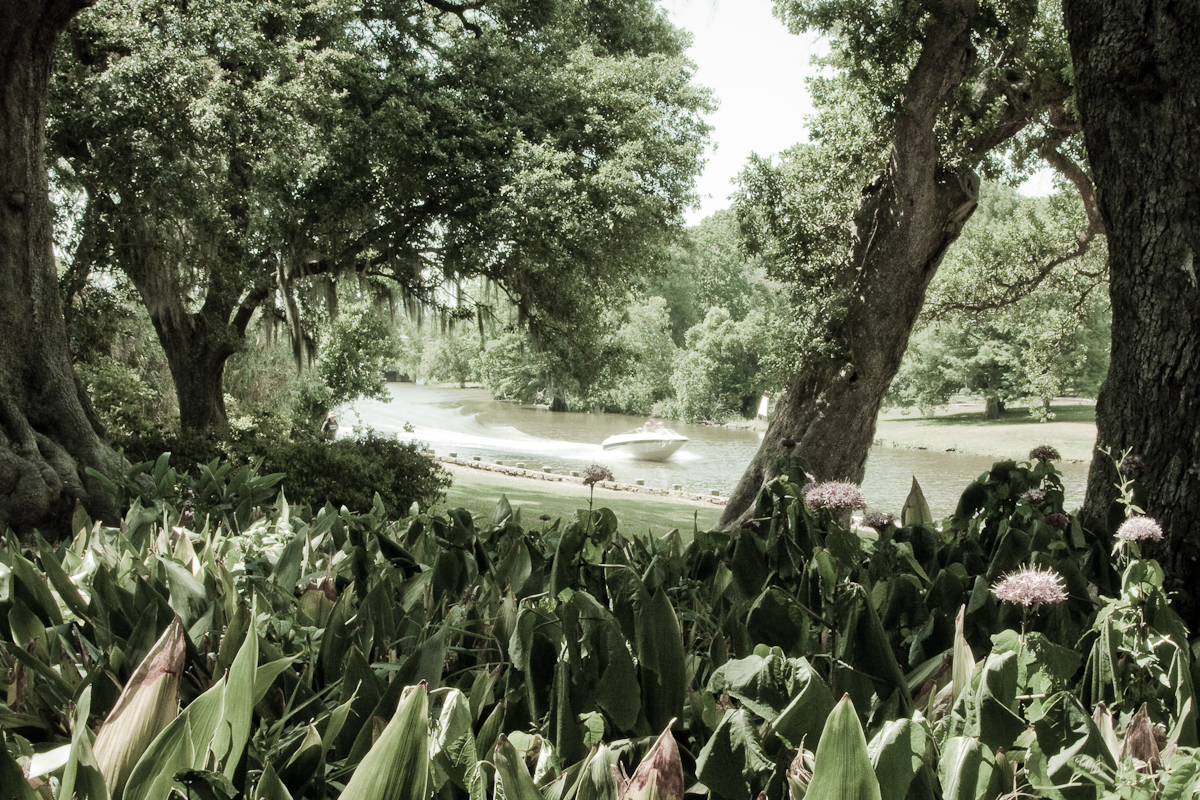

The Bayou Teche is a 125-mile long waterway of great cultural significance in south central Louisiana. Bayou Teche was the Mississippi River’s main course when it developed a delta about 2,800 to 4,500 years ago. Through a natural process known as deltaic switching, the river’s deposits of silt and sediment cause the Mississippi to change its course every thousand years or so.
The Teche begins in Port Barre where it draws water from Bayou Courtableau and then flows southward to meet the Lower Atchafalaya River at Patterson. During the time of the Acadian migration to what was then known as the Attakapas region, the Teche was the primary means of transportation.
During the American Civil War, fighting occurred on Bayou Teche on November 3–5, 1862. Four Federal gunboats with twenty-seven guns, came up the Teche despite weak obstructions placed in the bayou by Confederate General Alfred Mouton. The gunboats engaged the Confederate ship Cotton near Cornay’s Bridge in an exchange that lasted for an hour and a half. Though struck several times, the Cotton escaped real damage. In the next two days, two other duels occurred, and each time the Cotton prevailed. However, the Union pacified the area of Bayou Teche and the Atchafalaya River. Historian John D. Winters reports: “Federal troops collected horses, mules, and sugar in large quantities. Planters who remained began taking the oath [to the U.S. government] and were allowed to make contracts with the Negroes to finish their sugar crops.”
After the levees were built along the Atachafalaya River in the 1930s, the Teche and the rice farms located along the bayou suffered a drastic reduction in fresh water. Between 1976 and 1982, the United States Army Corps of Engineers built a pumping station at Krotz Springs, Louisiana to pump water from the Atchafalaya River into Bayou Courtableau.
The name “Teche” is a Chitimacha Indian word meaning “snake”, related to the bayou’s twists and turns resembling a snake’s movement. The Chitimacha tell an ancient story of how the snake attacked their villages, and it took many warriors many years to kill it. Where the huge carcass lay and decomposed, the depression it left behind filled with water to become the bayou.
The sugar plantation Lagonda was established on Bayou Teche by Lewis Strong Clarke, who was also involved in Republican politics in the late 19th century.
Quoted from wikipedia.com